The following article is shared by Associate Professor Dr. Tran Thanh Nam, Vice Principal of the University of Education - Vietnam National University, Hanoi, contributing his comments to the Draft Political Report submitted to the 14th National Party Congress.
The document mentioned 5 bases including: (1) requirements for national development, (2) current state of national education , (3) international integration, (4) theoretical and ideological basis, (5) international experience. These are strategic orientations for the education sector to implement breakthrough solutions.
The country's development requirements in the new era
In the context of transforming the growth model, deep integration and industrialization, Vietnam needs high-quality human resources. Currently, there are about 38 million workers without primary training and the youth unemployment rate is up to 7.63%. To meet the new requirements, it is necessary to clearly identify priority areas such as STEM, high technology, digital economy ; develop a plan to forecast labor demand; and strengthen education linked to practice.
Solutions include developing training programs according to output standards; increasing investment in quality teacher training; expanding the business-school linkage model; promoting applied research; improving digital skills, foreign languages and entrepreneurship capacity. It is necessary to change the mindset of degrees, focusing on vocational skills and lifelong learning ability.
Heavy theory, lack of output standards
Vietnamese education is still heavy on theory, lacking output standards, and not connected to the market. The university attendance rate of the rich is 4.5 times that of the poor, while 40% of graduates work in fields other than their major. The draft needs to address more clearly regional inequality, exam pressure, and the tendency to disregard vocational education.
To overcome this, it is necessary to strongly shift to competency-based education, reduce exam pressure, and increase practice and experience. At the same time, it is necessary to build a comprehensive quality assessment system, enhance autonomy for educational institutions, expand dual-model vocational training, and improve infrastructure and teaching staff in disadvantaged areas.
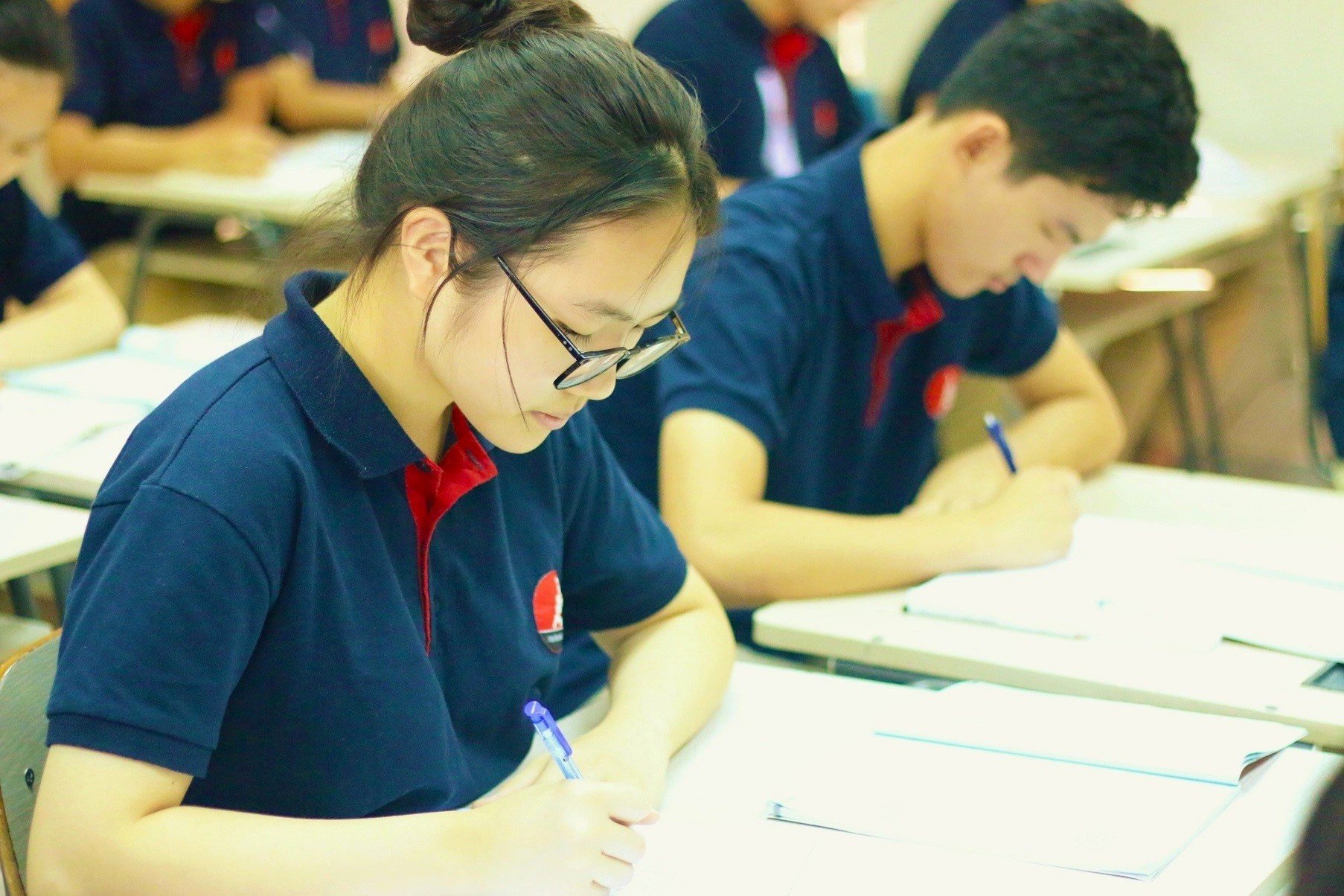
International integration and innovation
International integration and digital transformation: Need for a comprehensive digital education ecosystem and increased foreign language proficiency. The draft correctly addresses the role of digital transformation and integration, but it is necessary to emphasize more specific tools to promote digital education while protecting Vietnamese cultural identity in the context of globalization.
Regarding solutions, it is necessary to continue to incorporate STEM education and machine learning into the curriculum early; deploy STEM education for teachers; apply AI, VR, and online learning to personalize learning. Develop national digital infrastructure for schools (high-speed internet, electronic devices), and shorten the urban-rural gap.
Along with that, promote the teaching of English (and other foreign languages) from primary school; encourage bilingual programs, student exchanges with foreign countries. Sign cooperation agreements with the world's leading universities and research institutes; promote international joint training programs and recruit talented students to study abroad and return. Establish an ecosystem of educational initiatives for startups, young scientific research in schools... These are in line with the trend of knowledge globalization and contribute to increasing national labor productivity.
On the theoretical basis and ideology of educational science
The draft expands modern theories (from sustainable development to knowledge economy) in line with global trends. However, it is necessary to “interpret” these theories into teaching and educational policy, specifying how they are expressed in modern schools.
For example, it is necessary to clearly demonstrate the spirit of “learning manners first, then learning knowledge”, moral education, and community responsibility. Ensure equal resource allocation by region, and tuition exemption and reduction policies for poor families so that education is truly a “top national policy”.
Modern education, along with the explosive emergence of AI, has changed the relationship between teachers - students - knowledge. If AI makes learning more convenient, students are also being traded for passivity. When technology replaces all efforts, students are at risk of losing critical thinking, reducing self-learning motivation, and even depending on "ready-made answers" without wanting to explore or create. That is why education needs a new approach - based on "The Science of Learning" - to help AI become a tool to nurture intelligence instead of stunting it.

Learning from international experience in developing modern education
The draft affirms that modern education absorbs the world's quintessence: Fairness, creativity, comprehensive development. Evidence includes Finland (no pressure from exams, emphasis on individual equality), Japan (ethics, independence, discipline), the US, UK, Germany, Canada (investment in research, technology, flexible programs, encouragement of critical thinking).
Vietnam needs to reform graduation and university exams by reducing exams, increasing course-wide assessments, document interviews, and allowing multiple graduation thresholds so that students have more motivation to develop their own abilities. It is necessary to focus on building a few key schools following international models (such as international schools, high-quality schools with English programs), in parallel with supporting public schools to develop equally.
We can learn from the German and Austrian models of vocational education: Organize dual training (students study and intern at enterprises), improve the quality of vocational colleges. Increase links with enterprises to update new technology and ensure students have jobs immediately.
We can also refer to the training programs of the US and UK in encouraging students to ask questions and debate; build extracurricular programs, science and technology clubs; organize national competitions on STEM and social sciences, similar to the innovation and startup competition for students.
The R&D investment model of advanced countries such as the US, Japan, and Germany is also worth learning. The government and universities should devote strong resources to scientific research and international cooperation. This creates scientific and technological products closely linked to education and production.
Besides, we should also learn from the model of Northeast Asian countries (Korea, Singapore) which have similar context to Vietnam and have achieved excellent results. We can learn from the bilingual education model and the application of information technology like in Singapore.
The draft document submitted to the 14th Congress has established a strategic and comprehensive vision. However, it is necessary to specify innovation roadmaps, increase investment in research and development, promote autonomy and creativity in schools, as well as expand access to digital knowledge for all learners. A modern education can only be formed when knowledge, people and national development drivers are effectively linked in a globalized and constantly innovative world.
Source: https://vietnamnet.vn/cai-to-thi-tot-nghiep-dai-hoc-theo-huong-giam-ky-thi-tang-danh-gia-suot-khoa-2458025.html



![[Photo] The road connecting Dong Nai with Ho Chi Minh City is still unfinished after 5 years of construction.](https://vphoto.vietnam.vn/thumb/1200x675/vietnam/resource/IMAGE/2025/11/04/1762241675985_ndo_br_dji-20251104104418-0635-d-resize-1295-jpg.webp)

![[Photo] Ca Mau "struggling" to cope with the highest tide of the year, forecast to exceed alert level 3](https://vphoto.vietnam.vn/thumb/1200x675/vietnam/resource/IMAGE/2025/11/04/1762235371445_ndo_br_trieu-cuong-2-6486-jpg.webp)
![[Photo] Ho Chi Minh City Youth Take Action for a Cleaner Environment](https://vphoto.vietnam.vn/thumb/1200x675/vietnam/resource/IMAGE/2025/11/04/1762233574890_550816358-1108586934787014-6430522970717297480-n-1-jpg.webp)
![[Photo] Comrade Nguyen Duy Ngoc holds the position of Secretary of the Hanoi Party Committee](https://vphoto.vietnam.vn/thumb/1200x675/vietnam/resource/IMAGE/2025/11/04/1762234472658_a1-bnd-5518-8538-jpg.webp)




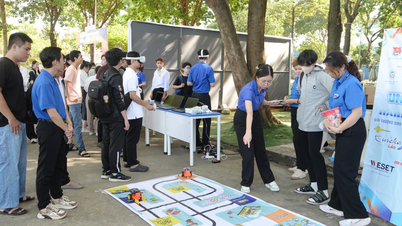
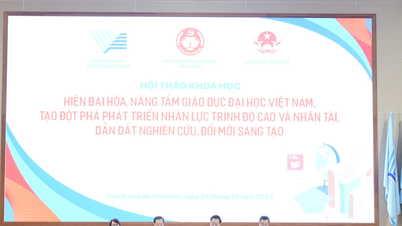







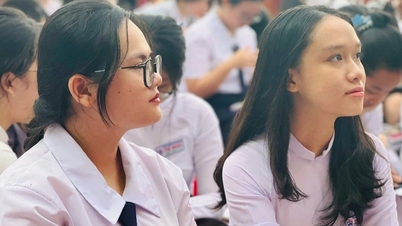

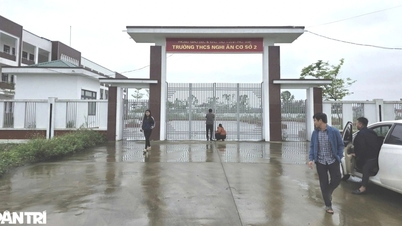






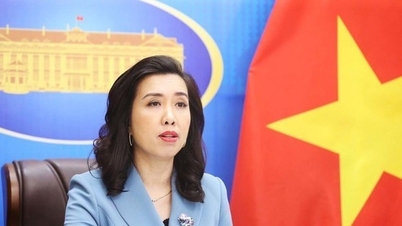


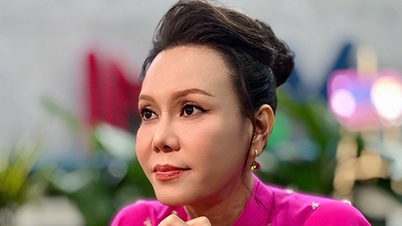












































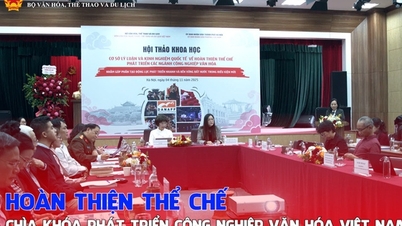






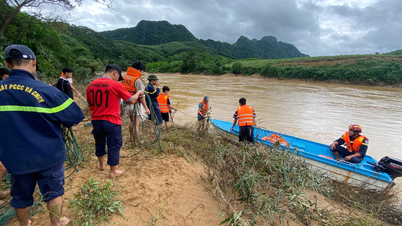

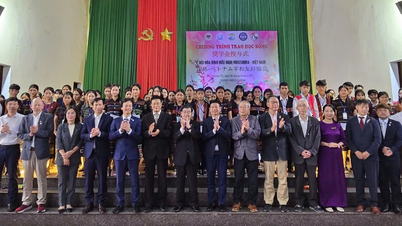


















Comment (0)